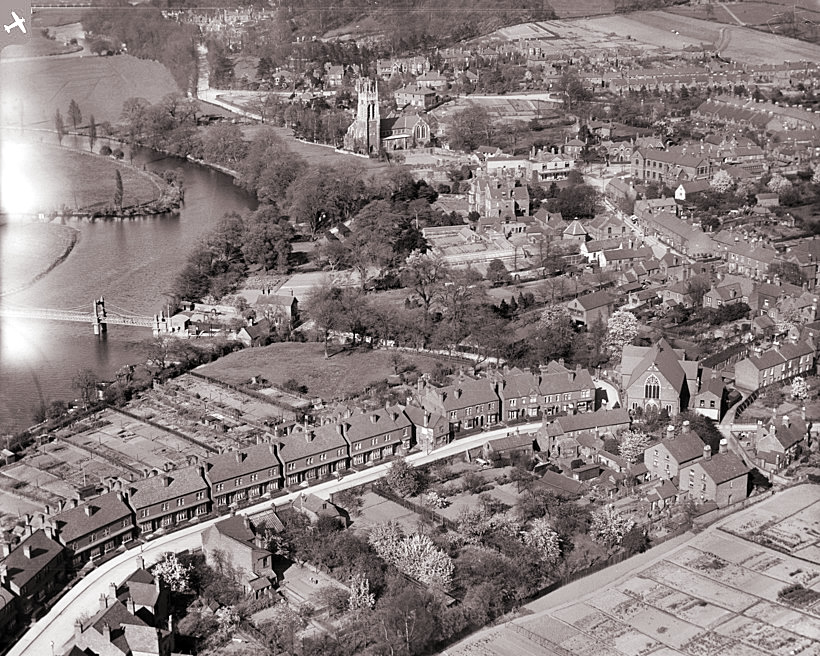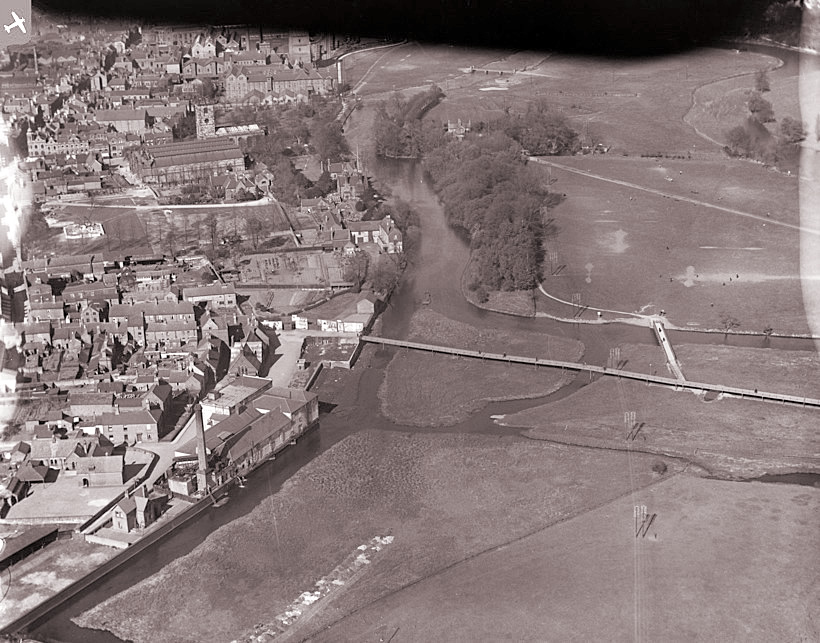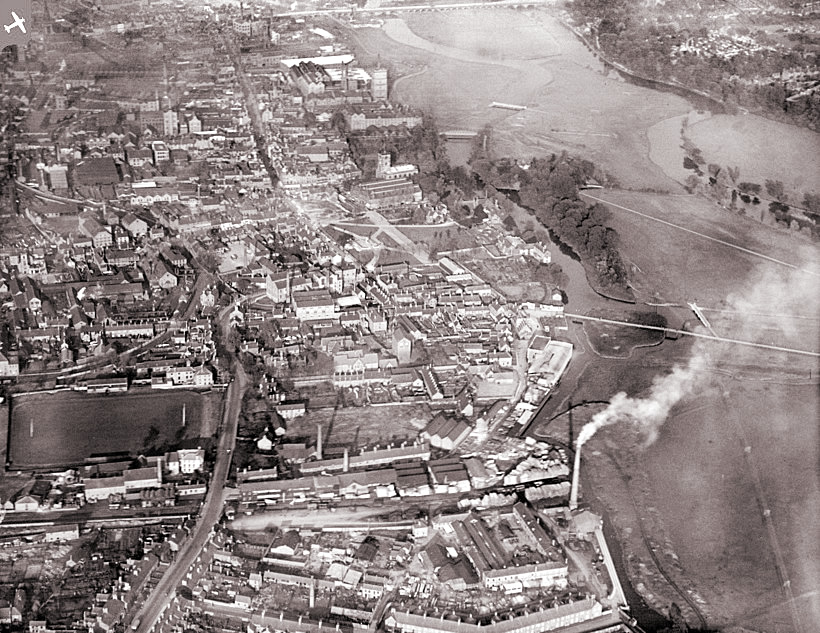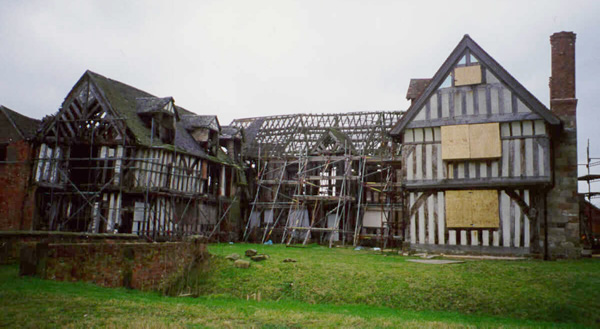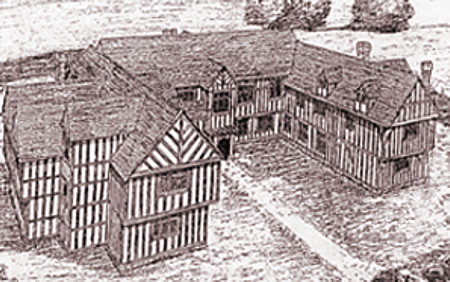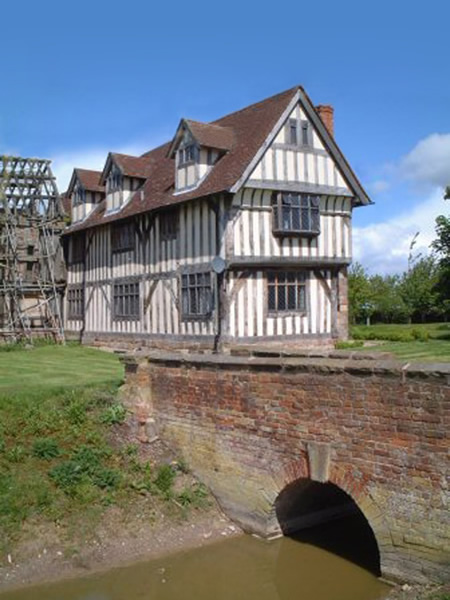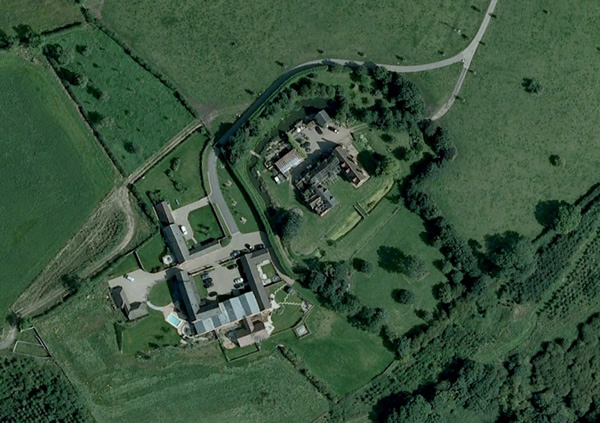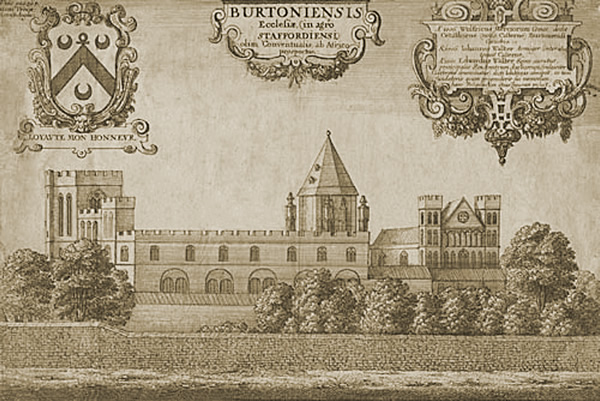
Burton Abbey was founded as a Benedictine abbey in 1002 by Wulfric Spot, the extremely wealthy earl of Mercia thought to be a descendent of King Alfred. In 1004, the abbey received its official confirmation when King Ethelred granted a charter of freedom.
Wulfric Spot died in October 1010 after fighting with with his ranks in support of Ulfrick Ealdorman of East Anglia against the Danes at Ringmere near Ipswich. He was mortally wounded and his body was returned to Burton Abbey where it was buried in the cloister under a stone arch near the door of church next to the body of his wife, Elswitha, who was already buried there. In later times Burton Abbey marked the occasion of his death on 22th October.
In his will Wulfric appointed the king, Aethelred (‘the Unready’), as lord of the abbey and archbishop Alfric and Alfhelm, Wulfric’s brother, as guardians. He also gave estates to senior churchmen and his nephew, Ufegeat, such that they would support the abbey when needed.
The first abbot and monks came from Winchester. This established a long relationship and over the next two hundred years, six of Burton’s abbots would also come from Winchester. The abbey was initially described as the monastery of Saint Benedict and All Saints in royal charters of 1008 and 1012 and appeared in the Domesday Book as the abbey of Saint Mary in 1086. Its dedication to Saint Modwen didn’t actually occur until the 12th century. The abbey was later to include Saint Mary’s chapel.
The surviving will of Wulfic Spot has proved to be an extremely valuable historic document listing in detail the vast estates under his control:
Staffordshire: Burton, Stretton, Bromley, ‘Bedintun’ (in Penkridge), Gailey, Whiston (in Penkridge), Darlaston (in Stone), Rudyard, ‘my little land at Cotwalton [in Stone]’,Leigh, Okeover, Ilam, Calton, Castern, and a hide at Sheen.
Derbyshire: Winshill (now of course, part of the borough of Burton), Sutton-on-the-Hill, Ticknall, Morley, Breadsall, Morton, Pilsley, Ogston, Wingfield, ‘Snodeswic’ (near Morton), ‘Niwantune’ (Newton Solney), and ‘that land at Appleby (Appleby Magna, now in Leicestershire) that I bought with my own money’.
Leicestershire: land at Shangton and Wigston Parva and a hide at Sharnford in Wigston Parva.
Shropshire: Longford, Stirchley, Romsley, Shipley, and ‘Suthtune'(Sutton Maddock);
Warwickshire: Weston-in-Arden, Burton Hastings, and Harbury.
Elsewhere or less certain: ‘Actune’ (probably Acton Round in Shropshire), ‘Halen’ (probably Halesowen,Worcs.), ‘Niwantun at the Wich’ (possibly Newton near Middlewich, Ches.), ‘Tathawyllan’ (possibly Tathwell, Lincs.), ‘Ealdeswyrthe’ (either Awsworth, Notts. or Aldsworth, Glos.), ‘Alfredingtune’ (either Alvington, Glos., or Alfreton, Derbys), and ‘Eccleshale’ (possibly Exhall, Warws., Ecclesall (Yorks or Staffs.), and ‘Waddune’ (possibly Whaddon, Glos.). ‘Waededun’ has not been identified at all.
The abbey was also given a reversionary interest in Elford and Oakley, both in Staffordshire, Wibtoft (Warws.), and ‘Twongan'(either Tong, Salop. or Tonge, Leics.). Half the usufruct of ‘Langandune’ (probably Longdon,Staffs.) was assigned to the monks, and also the enjoyment ‘of meat and of men and of all things’ on the land of the bishop at ‘Bubandune’ (Bupton, Derbys).
Wulfric’s lands between the Ribble and the Mersey and on the Wirral were left to Alfhelm and Wulfage ‘on the condition that when the shad shoals come in, each of them give 3,000 shad to the monastery at Burton’; similarly Conisbrough (Yorks) went to Alfhelm provided that the monks had a third of the fish every year.
Finally, Wulfric left the abbey 100 wild horses and 16 tame geldings ‘and besides this all that I possess in livestock and other goods except those which I have bequeathed’. Most of these lands were mentioned in the royal charter of 1004 confirming Wulfric’s endowment.
Either Wulfric’s intentions were never fully carried out, or else the abbey soon lost much of its original property, perhaps during the Danish Conquest in the early 11th century. Regardless, many of the estates given by Wulfric were not in the abbey’s possession at the end of the Edward the Confessor’s reign, and what remained was confined to Staffordshire and Derbyshire.
In Staffordshire the losses had not been great, and the property there still included Burton, Stretton, Bromley, ‘Bedintun’, Whiston, Darlaston, Leigh, and Okeover; Ilam, Calton, and Castern, though not mentioned in Domesday Book, were held by the abbey in the early 12th century and may have been included under Okeover in the Domesday Survey.
In Derbyshire only Winshill, Sutton, Ticknall, and Appleby remained. Ealdeswyrthe’ and ‘Alfredingtune’ had been exchanged by Abbot Wulfgeat in 1008 with king Aethelred (‘the Unready’) for Rolleston in Staffordshire, but Rolleston too was lost soon after.
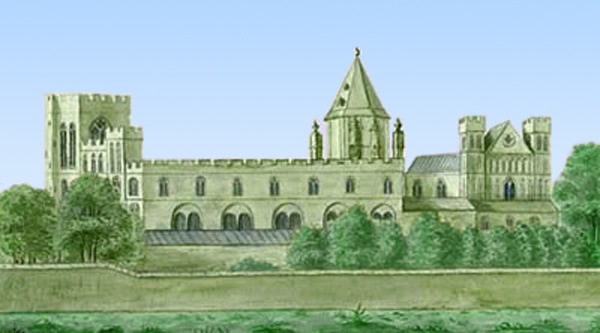



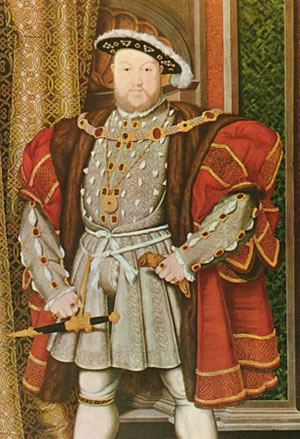
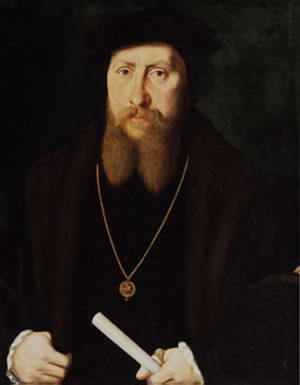 As the Dissolution continued, many great Abbeys such as Glastonbury, Shaftesbury and Canterbury which had flourished as pilgrimage sites were reduced to ruins. Some were gifted to the Kings most ‘loyal subjects’. In 1539, Abbot Edys was finally forced to surrender Burton Abbey. Rather than being destroyed like most abbeys, it was later gifted, together with extensive grants to lands including what is now Cannock Chase, to Sir William Paget (pictured) – a close adviser to Henry VIII who later became 1st Baron Paget of Beaudesert. This fortunate survival left the
As the Dissolution continued, many great Abbeys such as Glastonbury, Shaftesbury and Canterbury which had flourished as pilgrimage sites were reduced to ruins. Some were gifted to the Kings most ‘loyal subjects’. In 1539, Abbot Edys was finally forced to surrender Burton Abbey. Rather than being destroyed like most abbeys, it was later gifted, together with extensive grants to lands including what is now Cannock Chase, to Sir William Paget (pictured) – a close adviser to Henry VIII who later became 1st Baron Paget of Beaudesert. This fortunate survival left the 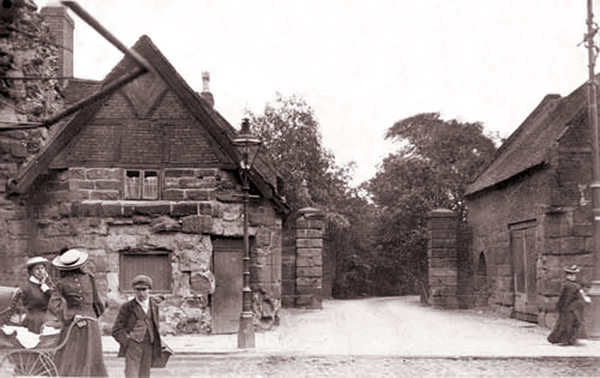
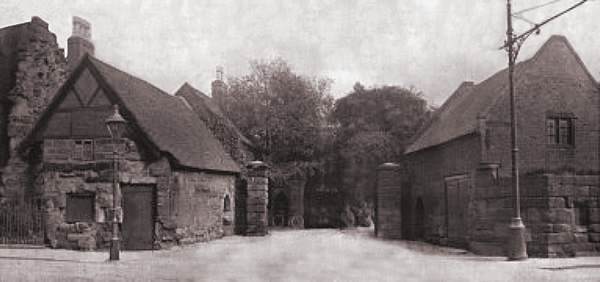
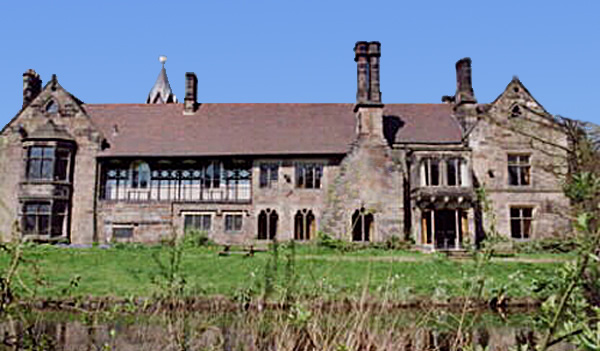
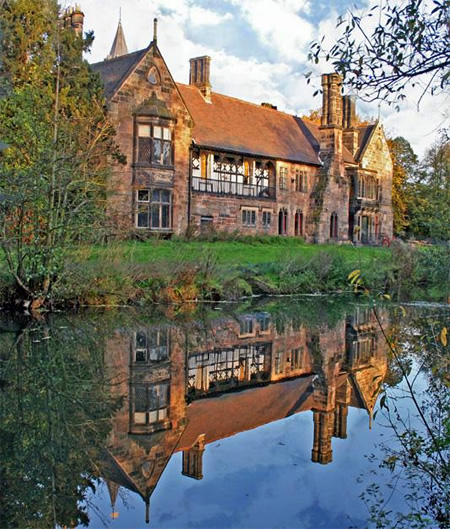
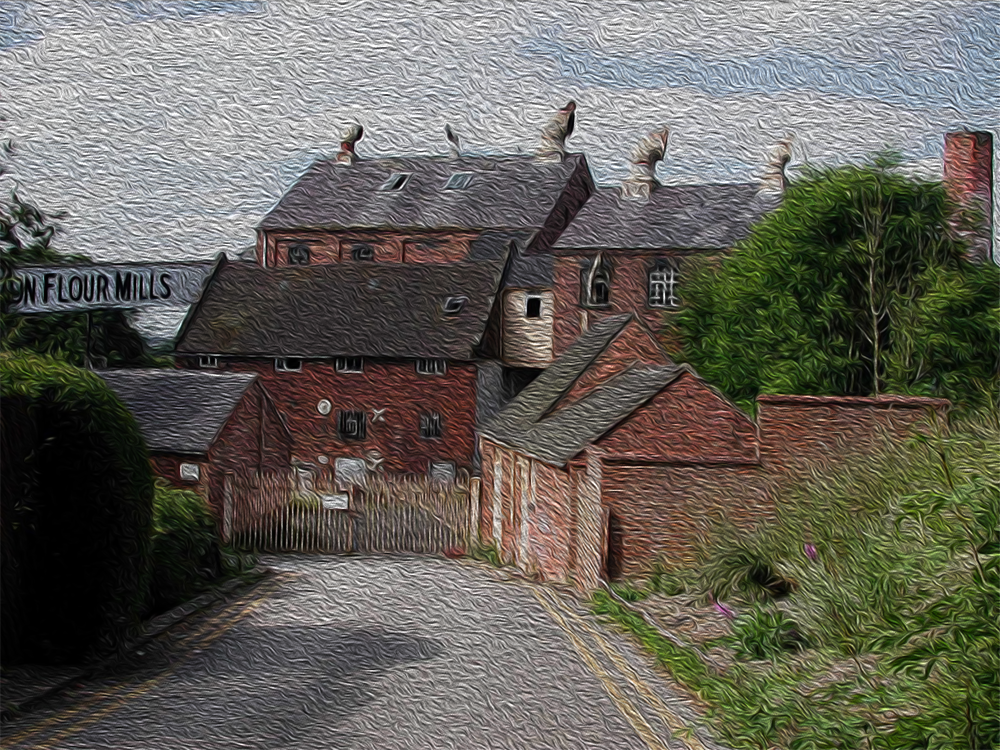
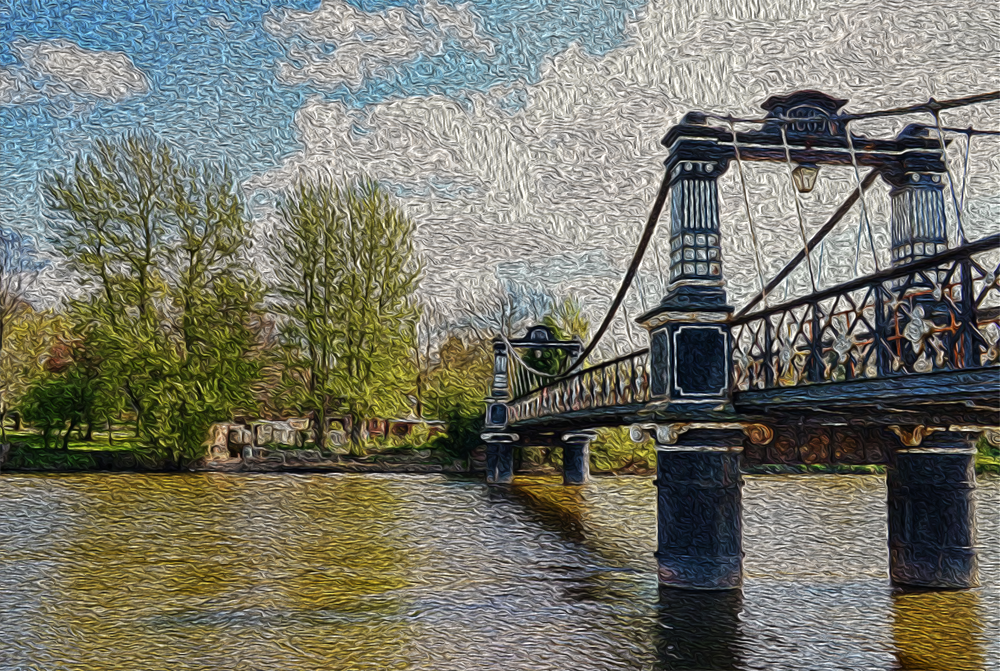
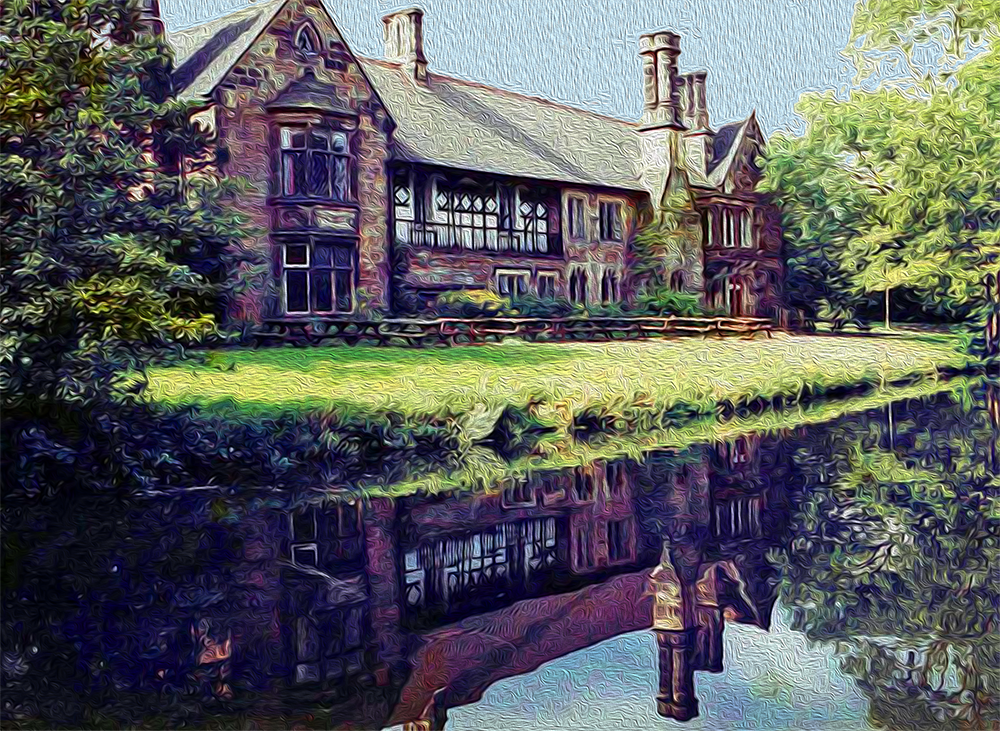
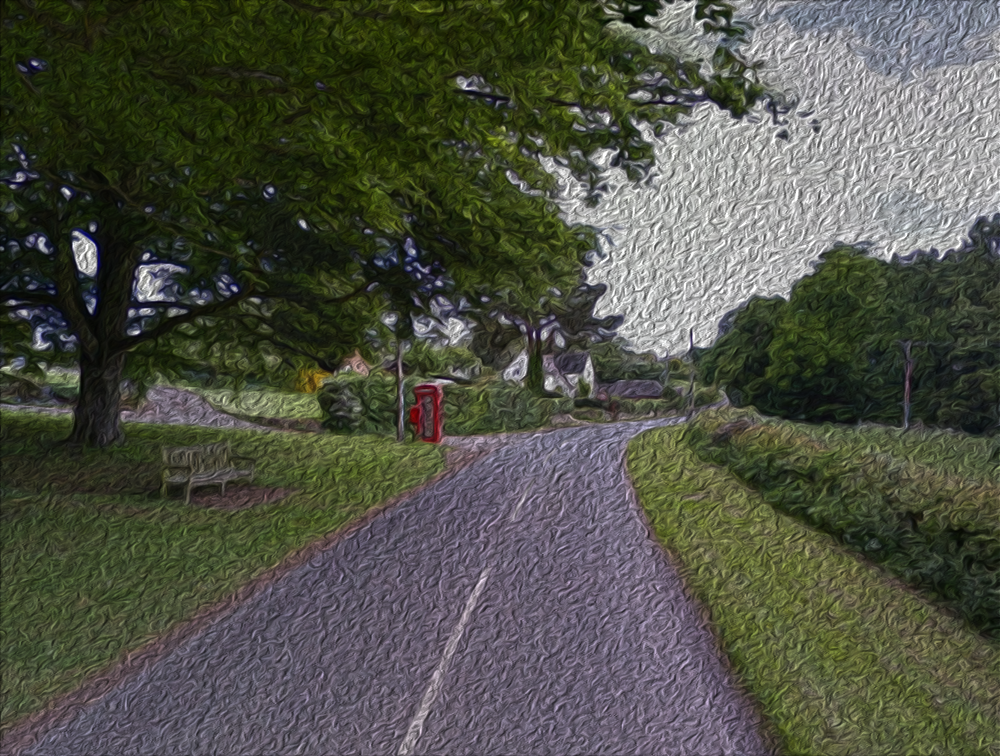
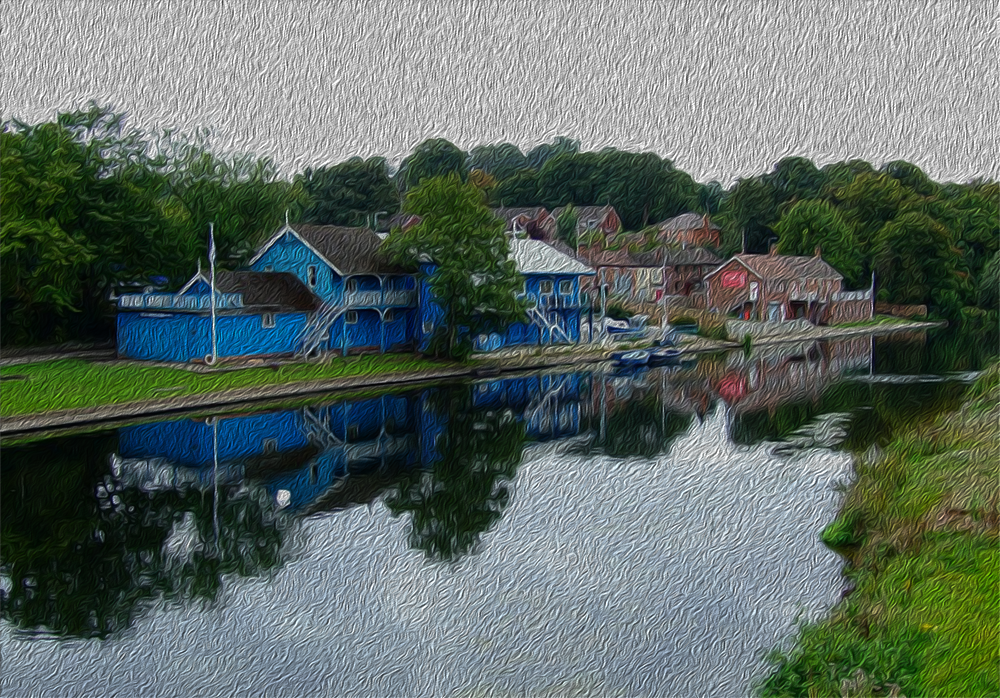
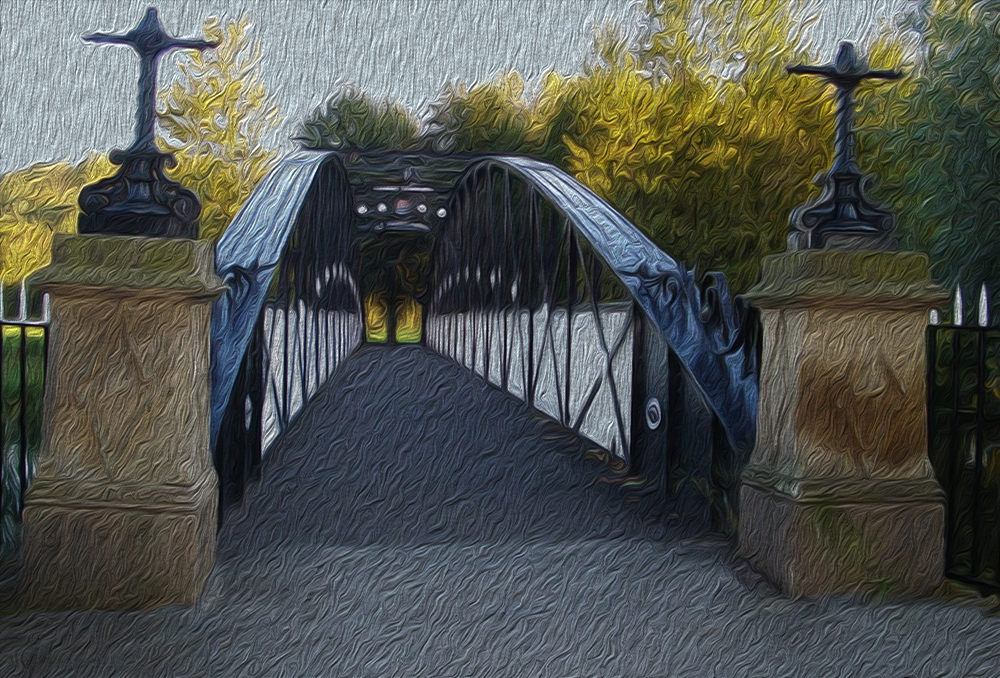
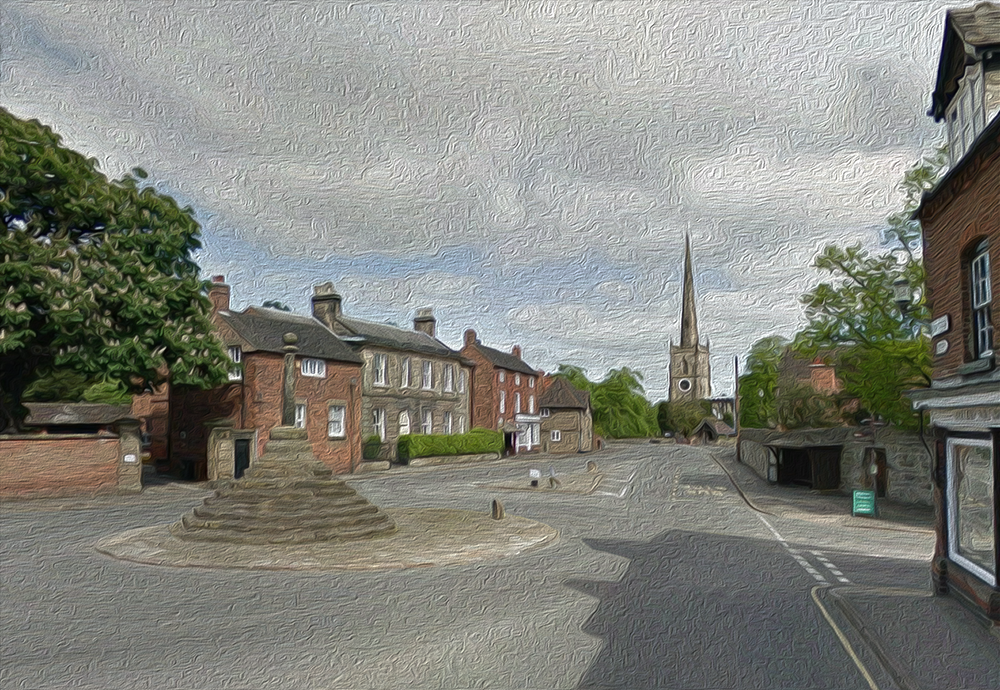
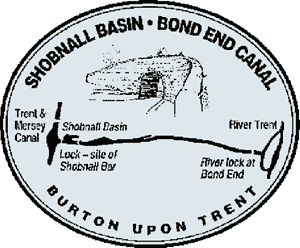 Use of the river Trent, which runs through the town, had been tried since Roman times but the further inland, the smaller the boats that could be used. The winter flooding and shallows in the summer proved insurmountable, however cargo could be carried from the sea as far south as Wilden Ferry, where the river Derwent joins the river Trent and increases the quantity of water, then onwards by road. For example Staffordshire Waterways, by Staffordshire County Council Education Department, makes reference to (1765) “Great quantities of flint stones used by the potteries in Staffordshire brought to Hull and thence to Willington in Derbyshire to be forwarded by packhorse; and the fine ale made at Burton upon Trent and exported to Germany and several parts of the Baltic”. Hops, grain and malt were also carried to Burton via the river Trent.
Use of the river Trent, which runs through the town, had been tried since Roman times but the further inland, the smaller the boats that could be used. The winter flooding and shallows in the summer proved insurmountable, however cargo could be carried from the sea as far south as Wilden Ferry, where the river Derwent joins the river Trent and increases the quantity of water, then onwards by road. For example Staffordshire Waterways, by Staffordshire County Council Education Department, makes reference to (1765) “Great quantities of flint stones used by the potteries in Staffordshire brought to Hull and thence to Willington in Derbyshire to be forwarded by packhorse; and the fine ale made at Burton upon Trent and exported to Germany and several parts of the Baltic”. Hops, grain and malt were also carried to Burton via the river Trent.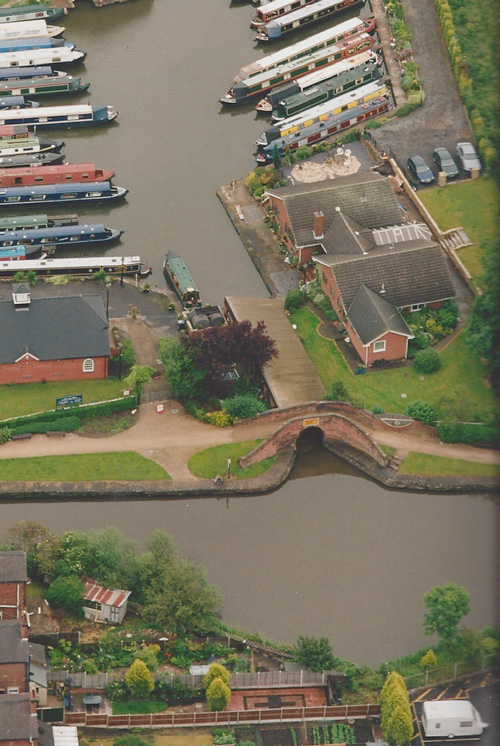 By 29th September 1772 (Brindley died on 27th September), 48 miles of the Grand Trunk Canal (now known as the Trent & Mersey) from Wilden Ferry to Stone was navigable – the length past Burton-on-Trent being completed in 1770. Having been unsuccessful in persuading the promoters of the Grand Trunk Canal to modify the route, the Burton Boat Company, in 1769/70, built a 11/8 mile canal from their wharf at Bond End to Shobnall (the name deriving from Schobinhale, a family of Saxon knights) to connect the river Trent to the new Grand Trunk Canal. However, the canal company refused to allow a connection to the canal and a situation, known as the Shobnall Bar, ensued with boats each side of the bar having to be unloaded and reloaded. Whilst the reason of the canal company may have been to deprive the Burton Boat Company of trade and keep it on the canal, this was only partly successful as goods could pass both ways on the river using broad beam barges, whereas the canal was only broad to Horninglow and was narrow passing through Burton and onwards to Middlewich. The Burton Boat Company tried to gain trade by breaking through the bar overnight, but litigation followed and the bar was reinstated. Eventually a connection was allowed in 1794 and, as the Bond End Canal was at a lower level, a lock with a fall of 3ft 9in was constructed.
By 29th September 1772 (Brindley died on 27th September), 48 miles of the Grand Trunk Canal (now known as the Trent & Mersey) from Wilden Ferry to Stone was navigable – the length past Burton-on-Trent being completed in 1770. Having been unsuccessful in persuading the promoters of the Grand Trunk Canal to modify the route, the Burton Boat Company, in 1769/70, built a 11/8 mile canal from their wharf at Bond End to Shobnall (the name deriving from Schobinhale, a family of Saxon knights) to connect the river Trent to the new Grand Trunk Canal. However, the canal company refused to allow a connection to the canal and a situation, known as the Shobnall Bar, ensued with boats each side of the bar having to be unloaded and reloaded. Whilst the reason of the canal company may have been to deprive the Burton Boat Company of trade and keep it on the canal, this was only partly successful as goods could pass both ways on the river using broad beam barges, whereas the canal was only broad to Horninglow and was narrow passing through Burton and onwards to Middlewich. The Burton Boat Company tried to gain trade by breaking through the bar overnight, but litigation followed and the bar was reinstated. Eventually a connection was allowed in 1794 and, as the Bond End Canal was at a lower level, a lock with a fall of 3ft 9in was constructed.